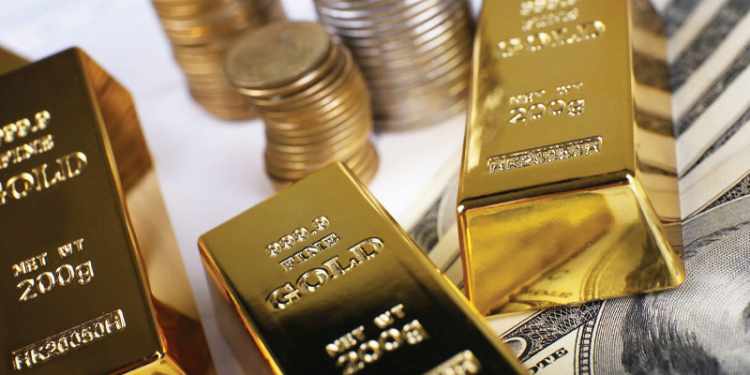Did you know that the global precious metals market is set to be worth $403.08 billion by 2028?
Precious metals have always been a popular choice among investors. Ever since we first started using gold and other precious metals as currency, they have held both intrinsic and extrinsic value.
If you want to invest in precious metals, it pays to do your research beforehand. Knowing when, why, and how to invest is the key to putting down smart money. That’s where our helpful guide comes into play.
Read on for the pros and cons of investing in precious metals.
Pro: Own a Tangible Asset
When you invest in gold or other precious metals, you get to own your investment physically. This sets precious metal investing apart from digital assets like stocks, shares, and cryptocurrency.
Owning physical, tangible asset is ideal for some investors because it allows them to quickly liquidate their wealth when needed. Other tangible assets like real estate won’t always be so quick to sell. Moreover, they require constant maintenance to keep their value.
Con: Risk of Theft
While being able to touch your investment physically has many benefits, it can also increase the risk of theft. Whether you buy bullion, coins, or jewelry, your investment is a prime target for criminals.
With this in mind, you must keep your precious metals in a secure location. Consider hiring a trusted storage firm to keep your valuable assets safe from would-be thieves. Alternatively, be savvy enough to keep your metals in a secret, well-secured location at your home.
Pro: Hedge Against Inflation
Because its price in US dollars fluctuates, gold is often used as an inflationary hedge. When the dollar’s value declines due to inflation, gold tends to rise in price. As a result, a gold owner is protected (or hedged) against a weakened dollar.
This makes investing in precious metals a great way to keep your portfolio diverse, helping you compensate for losses in other markets and inflation. Why not learn more about this company to start exploring investment options?
Con: Less Steady Income
You’ll usually have regular access to liquid capital when investing in stocks, funds, or real estate. Monies earned are typically paid to you monthly in the form of dividends or earnings from your investment.
However, you don’t get the same steady income source when you buy precious metals. Although you will be able to see whether your precious metal’s value is on the rise, there will be no tangible cash or liquid money flowing in regularly to show for it.
Investing In Precious Metals: What You Need to Know
So, that’s the 101 on the pros and cons of investing in precious metals.
By learning the benefits and disadvantages of precious metal investments, you can make an informed decision as to whether it’s the right financial decision for you.
Did you find this article helpful? If so, be sure to check out the rest of our blog for more informative content.


